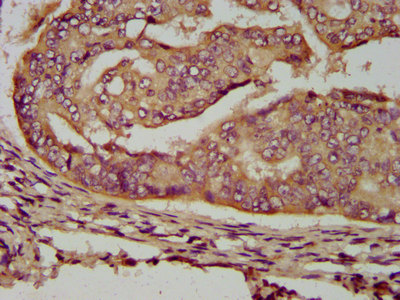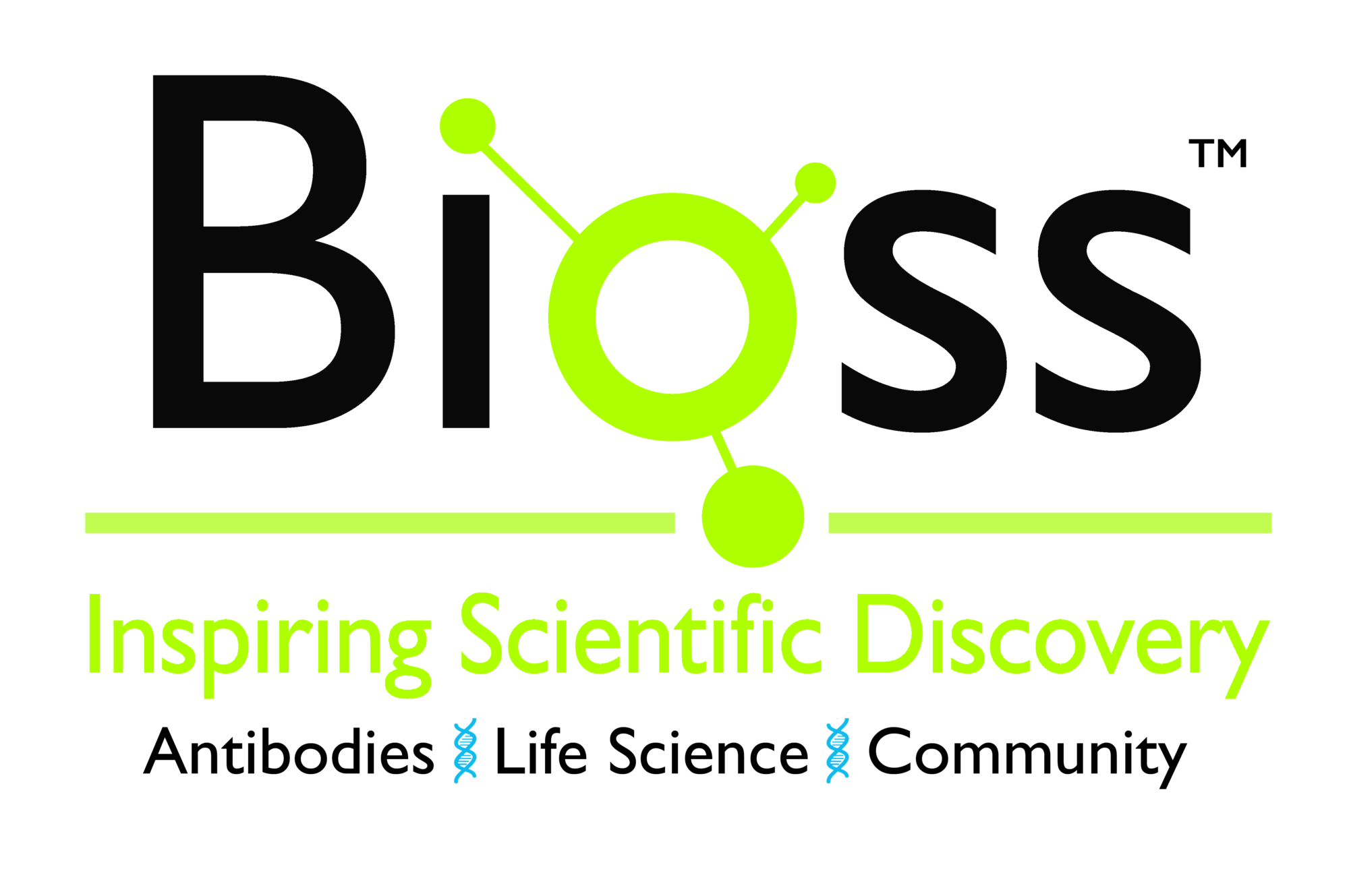ENOSF1 antibody [N1C2]
GTX119464
ApplicationsImmunoFluorescence, Western Blot, ImmunoCytoChemistry, ImmunoHistoChemistry, ImmunoHistoChemistry Paraffin
Product group Antibodies
TargetENOSF1
Overview
- SupplierGeneTex
- Product NameENOSF1 antibody [N1C2]
- Delivery Days Customer9
- Application Supplier NoteWB: 1:500-1:3000. ICC/IF: 1:100-1:1000. IHC-P: 1:100-1:1000. *Optimal dilutions/concentrations should be determined by the researcher.Not tested in other applications.
- ApplicationsImmunoFluorescence, Western Blot, ImmunoCytoChemistry, ImmunoHistoChemistry, ImmunoHistoChemistry Paraffin
- CertificationResearch Use Only
- ClonalityPolyclonal
- Concentration1 mg/ml
- ConjugateUnconjugated
- Gene ID55556
- Target nameENOSF1
- Target descriptionenolase superfamily member 1
- Target synonymsFUCD, RTS, TYMSAS, mitochondrial enolase superfamily member 1, L-fuconate dehydratase, antisense RNA to thymidylate synthase
- HostRabbit
- IsotypeIgG
- Protein IDQ7L5Y1
- Protein NameMitochondrial enolase superfamily member 1
- Scientific DescriptionThis gene was originally identified as a naturally occurring antisense transcript to the human thymidylate synthase gene. Alternate splice variants have been described, one of which (named rTSalpha) represents an alternate 3UTR that is complementary to the 3UTR and terminal intron of the thymidylate synthase (TS) RNA and down-regulates TS expression. Another transcript variant (named rTSalpha) does not overlap the TS locus. The function of this gene appears to be primarily to regulate expression of the TS locus both via the antisense transcript as well as through the encoded proteins. [provided by RefSeq]
- Storage Instruction-20°C or -80°C,2°C to 8°C
- UNSPSC12352203
References
- Upregulation of microRNA-4417 and Its Target Genes Contribute to Nickel Chloride-promoted Lung Epithelial Cell Fibrogenesis and Tumorigenesis. Wu CH et al., 2017 Nov 10, Sci RepRead more




